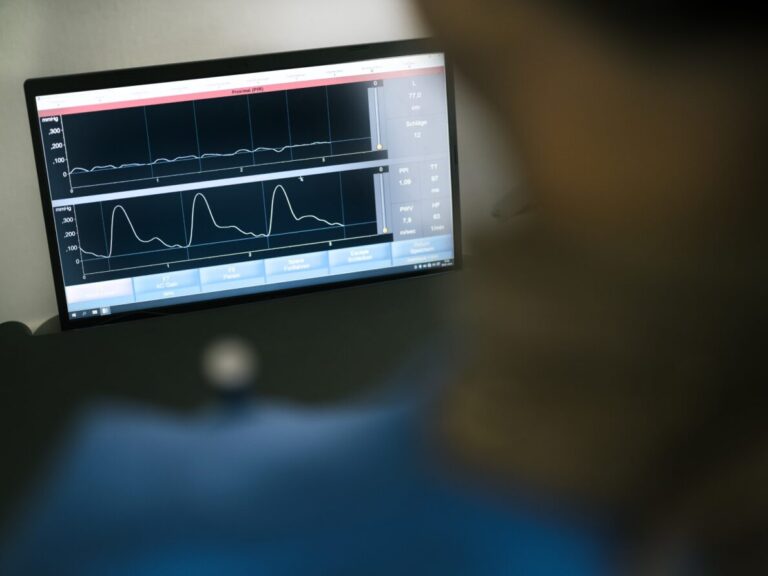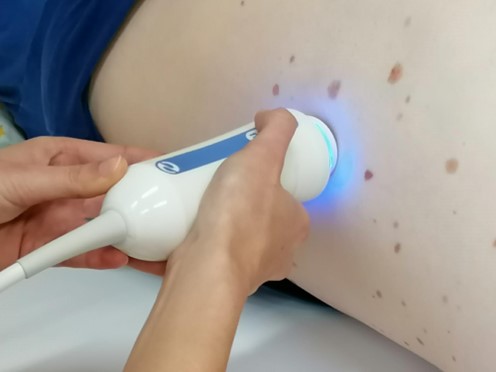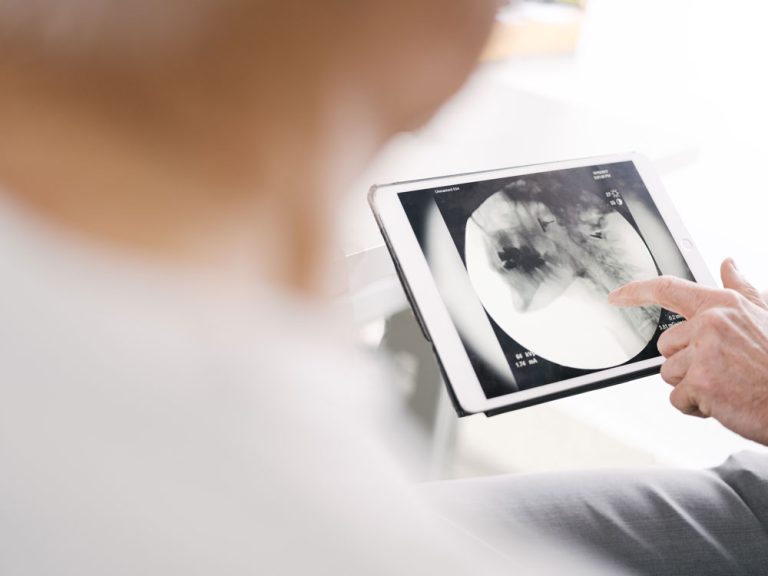MRI brain image analysis is of great significance for brain disease diagnosis, progression assessment, and monitoring of neurological conditions. Segmentation is a crucial process to determine volume, boundaries and morphology of specific brain structures in medical imaging. Manual segmentation however is time-consuming, laborious, and subjective, which significantly amplifies the need for automated processes. Now VASCage researcher Nadja Gruber, Malik Galijasevic (Medical University of Innsbruck, Dept. of Neuroradiology) and co-authors present an efficient deep learning approach for the automated segmentation of brain tissue in the high-ranking journal „Artificial Intelligence in Medicine“.
More specifically, they address the problem of segmentation of the posterior limb of the internal capsule (PLIC) in preterm neonates. The internal capsule is a white matter structure that contains motor and sensory afferent and efferent fibres connecting cortex with other remote structures (thalamus, brainstem and spinal cord). The timely and correct development of PLIC, especially its myelination, is crucial to a healthy development of newborns. In preterm neonates incorrectly developed PLIC can lead to problems in motor development. It is therefore highly important to closely monitor PLIC development and myelination status in preterm infants via MRI image analysis. Here the newly developed deep learning based method may be of great significance: the achieved results have been assessed by neurology experts to be even better than those achieved by human-based segmentation.
Although the presented segmentation approach is limited to the PLIC, it can be extended to other segmentation problems of myelinated structures in the brain as well as other tissue structures.



